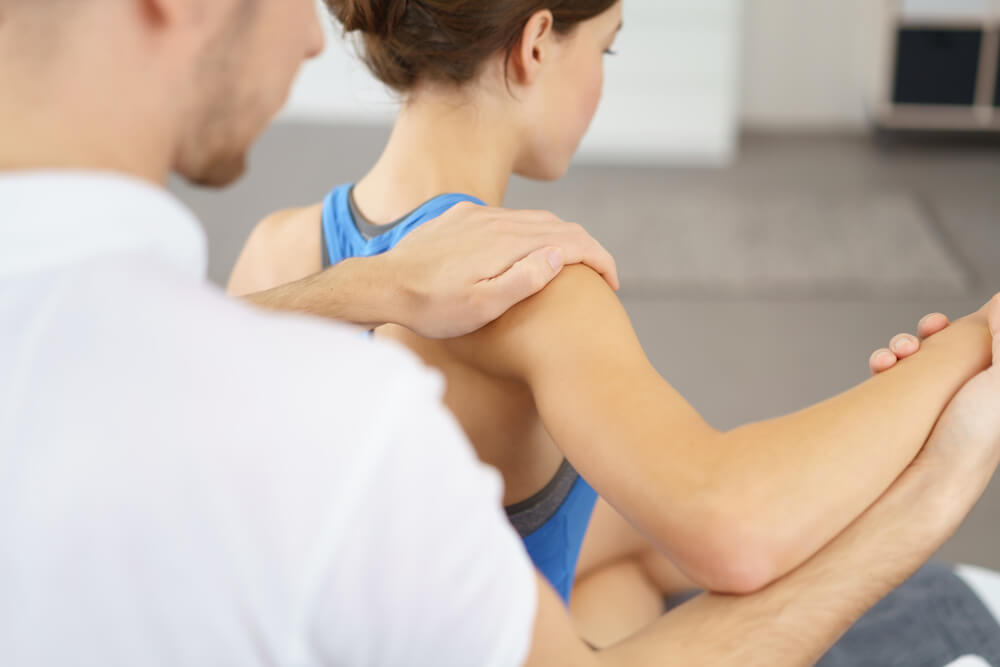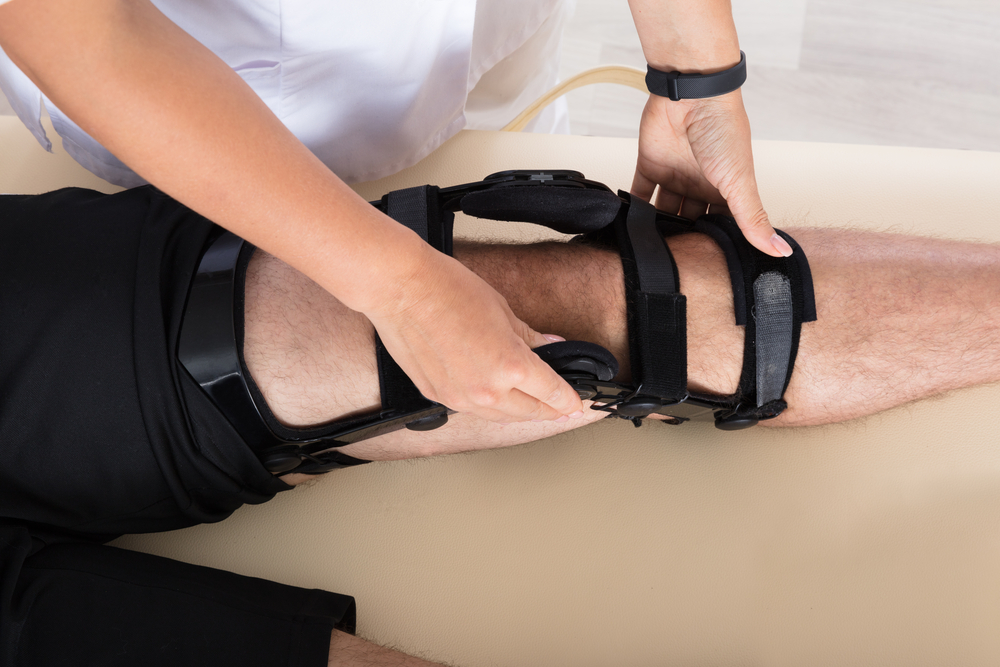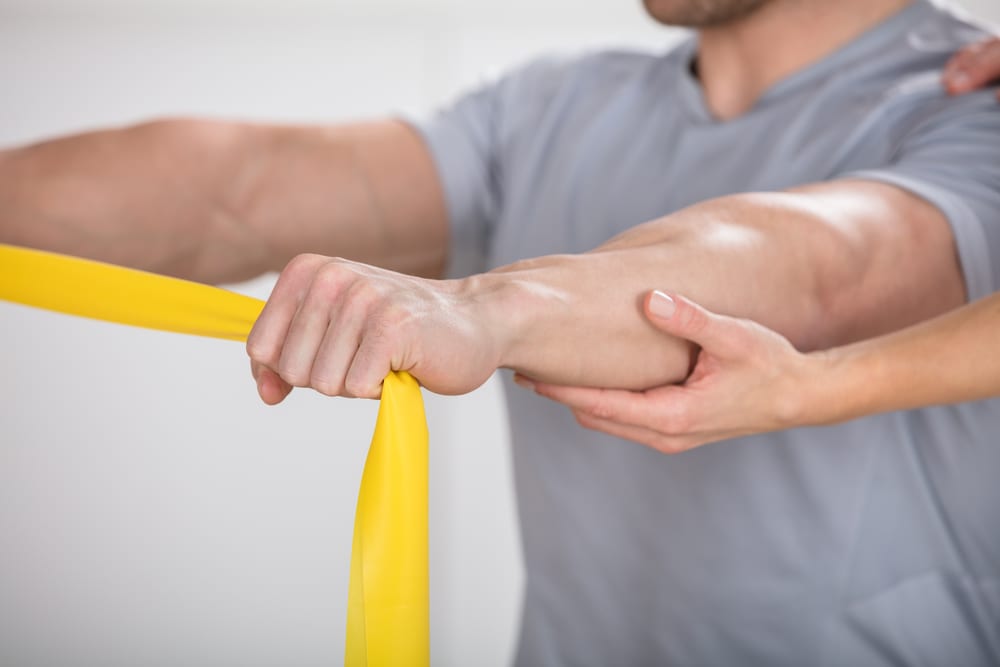It’s a cliché, but none are more true: the human body is amazing. From letting you sense sights and tastes, to experiencing emotions and making it possible to ride a bike, there’s nothing else in the human experience that is quite as awesome as our bodies.
Your body’s defense mechanisms, those processes and actions it continuously undertakes to keep you healthy, pain-free and “in the pink” are particularly incredible. The moment an infection gets into your system, your body sends killer-T cells to defeat it. When you need energy, your body sends signals to eat. And when you are full, it sends signals that stop you from overeating.
Your muscles have their own defense mechanism. But it would never get activated if your muscles stayed within the stress and movement ranges to which they are accustomed. However, if you over-extend or over-use your muscles, your body takes note and starts to rebuild the muscle stronger than before so that’ll you be more able to accomplish the new action. It’s the reason we can make our muscles larger by lifting weights. When you lift more weight than your muscle is accustomed to, you actually injure the muscle slightly. That’s why you feel sore the next day. As your muscle heals itself, it becomes slightly bigger, stronger and more capable of lifting the extra weight.
Unfortunately, some muscle over-use conditions, like injuries (pulls, tears and collisions), not getting enough oxygen (hypoxia), and even the micro-trauma that helps us build bigger muscles, can cause the body to produce tough, dense scar tissue in the affected areas. The scar tissue can bind muscles and restrict tissue that needs a full range of motion.
As more scar tissue builds up, it can shorten and weaken muscles. The increased tension on tendons can cause tendonitis. Nerves can become pinched in the mass of scar tissue. Depending on how the scar tissue build-up affects you, it can cause headaches, back pain, carpal tunnel syndrome, shin splints, shoulder pain, sciatica, plantar fasciitis, knee problems, and tennis elbow, among many other conditions.
Active Release Techniques (ART) to the Rescue
Accredited ART professionals use this patented soft-tissue, movement-based massage technique to simultaneously examine and treat patients. ART providers first use their hands to determine the texture, tightness and movement of affected muscles, tendons, fascia, ligaments and nerves. Once the assessment is made, the ART provider uses a combination of precisely directed tension and specific patient movements to treated affected areas.
ART is a proven technique for treating one-time or repetitive-strain injuries that affect muscles and tendons and the symptoms those injuries produce





